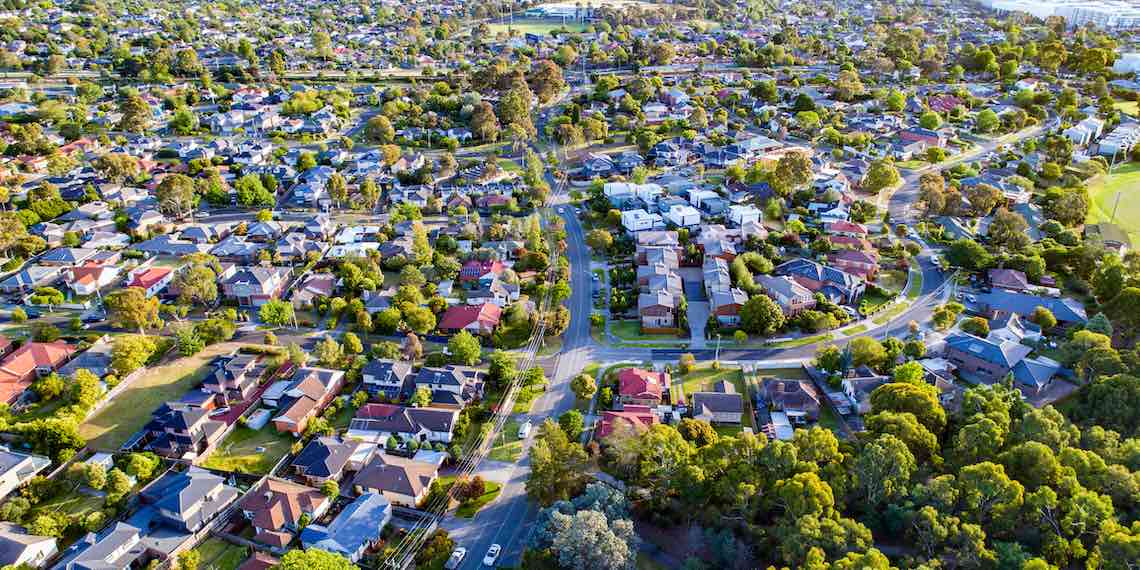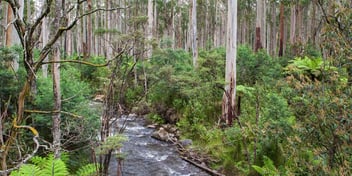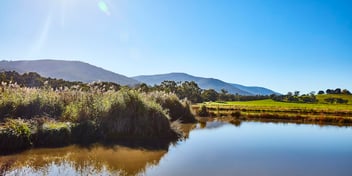How one water service's all-in-one platform could help other utilities

In 2018, Yarra Valley Water (YVW) looked at its business and saw a lot of systems undergirding it, from asset management and geographic information system (GIS) mapping to SCADA and Internet of Things services, along with customer requests, billing operations and many more.
These were all powerful tools, but they sat separately, holding back the utility from gains in efficiency and innovation.
“What we didn't have was the ability to visualise all that together,” said Charles Moscato, Digital Intelligence Officer at YVW. “We were seeking a solution that enabled us to make it very quick and easy to bring all this data set together and visualise it.”
How YVW arrived at that solution and the benefits it holds for other water services that might adopt it will be the subject of a presentation Moscato will give at Ozwater’22 in Brisbane this May.
YVW’s solution came about through a collaboration with KPMG; it provides the utility’s workers and contractors with what they refer to as a “single pane of glass” that shows what’s happening across its various asset networks in near real time.
“We identified all these business requirements for what we needed and then did a market scan to review what technologies existed,” Moscato recalled.
“Very quickly we saw there wasn't the capability across all breadth of functionality that we were seeking within the industry.”
That involved looking at a broad range of reference sites, encompassing even infrastructure as far removed from the water industry as Melbourne Airport.
“The way Melbourne Airport has alerts to say, ‘We've got four 747 landings in the next hour. Please make everyone aware that there's going to be long queues. There's going to be an increase of activity in the airport’,” Moscato said.
“While it's a completely different business, it's exactly to the point that we are trying to address.
“KPMG provided the successful tender bid. However, it could only achieve just over half the functionality we were seeking within their out-of-the-box solution, and hence knew we had to go on a journey with them to build out to our needs,” Moscato said.
“We've contracted now for three years with KPMG to do agile delivery and piecemeal all the requirements over time — prioritise those requirements and deliver it.”
Share and share alike
Central to YVW’s ambitions for its solution — known as KPMG Water Central — is that it does not want to keep the benefits for itself. The next step, which Moscato hopes will kick off with a demonstration at Ozwater’22, is to share the technology with collaboration partners for the benefit of everyone involved.
“Ultimately, what we're trying to do is get as many people as possible on board this type of solution, so that we can share the IP [intellectual property] and build the product out a lot quicker than what would normally be the case if we were just trying to do it ourselves,” Moscato said.
“We feel we could better support water authorities that could take the IP that we've already embedded into the system and implement it in their world.”
To maximise its versatility, KPMG Water Central was designed to be a “plug-and-play” solution that could accommodate a variety of new needs for which it was not originally designed.
“Regardless of what asset management system you have or what GIS system you have, the product is able to be delivered to other authorities and they just need to put in those [application programming interface] calls to support the product.,” Moscato said.
“The underlying data structures and nuances can be altered slightly between authorities, but it's hopefully more of a plug and play without having to go through the integration exercise that can sometimes be so painful.”
Moscato’s hope is that other water services might discover uses for KPMG Water Central that YVW has yet to even consider.
“The more people we can get on board with this solution, the more we can actually all have additional benefits in sharing this knowledge,” he said.
Ground-based knowledge
Since launching KPMG Water Central in October 2021, YVW’s initial focus has been on responding to customers' concerns about water quality and access. This can help highlight, for instance, who might be affected when water is shut off for maintenance work.
“[Previously], the only way we know who's impacted by works is via customers calling up. But what we can do now is to see by visualising this information on the fly,” Moscato said.
“We can then direct the field crew to say, ‘can you check that valve's open and resupply these customers with water?’. Without this visualisation of the location of the customers calling in, we would never have had that understanding.”
It also means that YVW, via the system’s mapping and filter options, can be alerted to problems that might be affecting a particular area or critical customers. This data can then be overlaid on to a street grid or a satellite view.
“Critical customers could be hospitals, schools, businesses that ultimately require that water to service its customers,” Moscato explained.
“We don't want to interrupt our top 500 sites and not have them supplied water, making their business shut down for the day.”
Since contractors have access to the system too, it enables YVW to coordinate works with its vendors, ensuring that everyone involved — a field crew working on a job, for instance — has access to all the information about what is affecting a particular area at a particular time.
“That makes us ultimately the responsible authority for those works,” Moscato said. “If it's emergency works, you want that to be the priority. You can ring up the plan works authority contractor, and say, ‘We've got a clash; we've got an emergency around the corner. Can you delay that planned work?’.”
KPMG Water Central also can create a rule that triggers an alert if a problem is affecting certain parts of the city.
“So if we get over 20 calls in a particular area and there are works occurring in that area, that will create an alert,” Moscato said.
“Normally it'll be up to the operator just to scan through all these lists and they'll see, ‘hang on, we're getting a lot of calls coming in from Box Hill’. Having an automated rules engine underneath the technology will trigger and … inform the operator that there's a bigger issue at play.”
Interested in hearing more about Yarra Valley Water's asset intelligence platform? Register for Ozwater’22 here.



